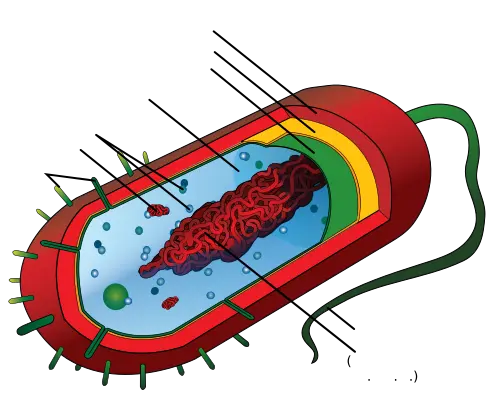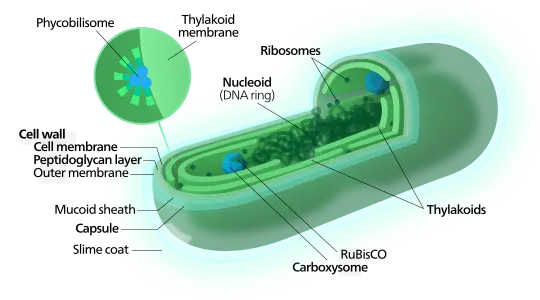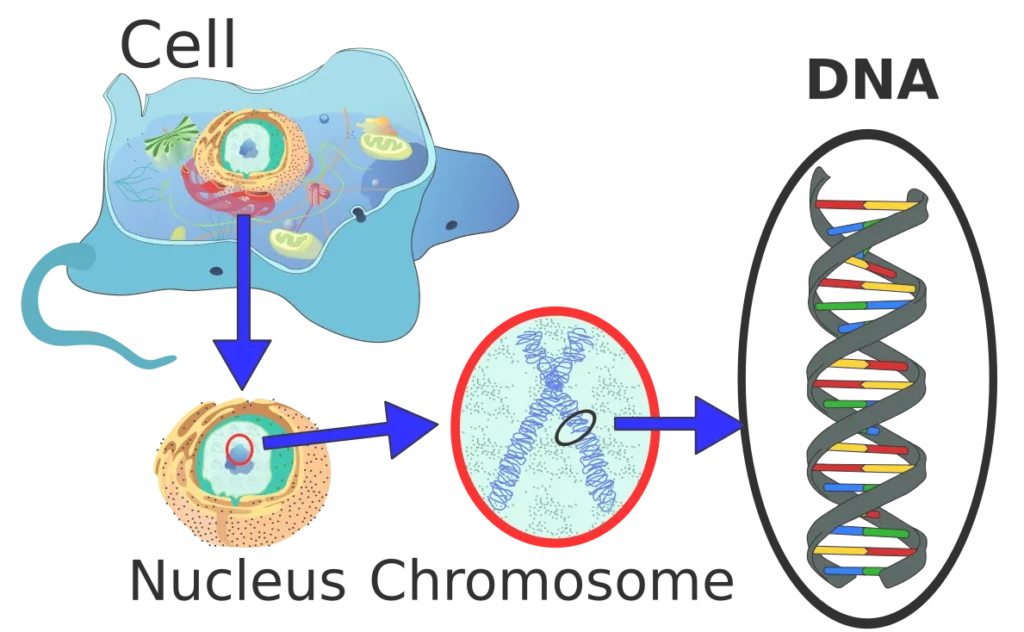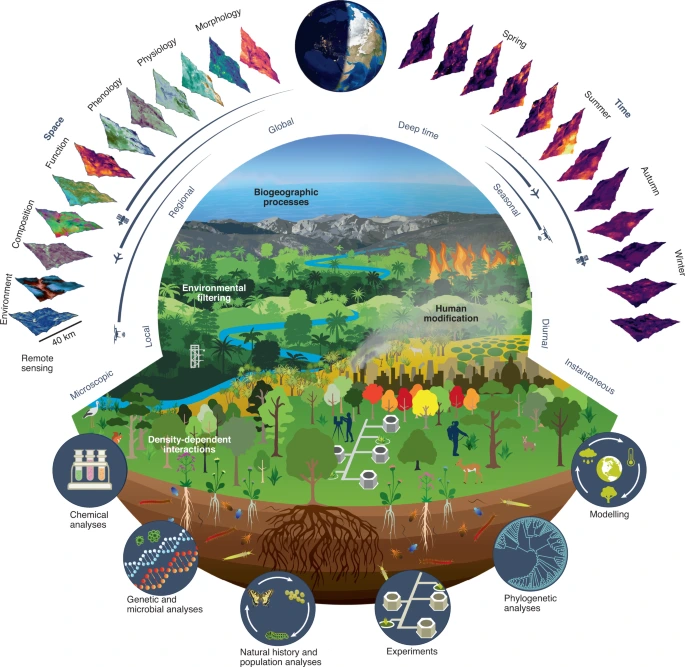Have you ever wondered how life on Earth began? Scientists have been asking this question for centuries, and while we may not have all the answers, we have made significant progress in understanding the origins of life. In this article, we will explore the story of life on Earth in just five minutes, from the origins of the first cells to the emergence of complex organisms, and the various theories about how life began on our planet.
Introduction
How did life begin on Earth? This question has puzzled scientists and philosophers for centuries, and while we still don’t have all the answers, we have made significant progress in understanding the origins of life. The story of life on Earth is a complex and fascinating one, spanning billions of years and involving countless organisms, from the simplest prokaryotic cells to the most complex multicellular organisms.
In this article, we will explore the origins of life on Earth, from the earliest cells to the emergence of complex organisms. We will look at the latest research on abiogenesis, the Miller-Urey experiment, stromatolites, and much more.
The Story of Life on Earth
The story of life on Earth is a long and complex one that spans billions of years. Scientists believe that the first life on Earth originated around 3.5 to 4 billion years ago. However, the exact mechanisms that led to the emergence of life remain unknown. Here’s a brief overview of the different stages of life on Earth:
Stage 1: Abiogenesis

The term abiogenesis refers to the process by which life arises from non-living matter. According to one of the most popular hypotheses, the primordial soup hypothesis, life emerged from a mixture of chemicals in the Earth’s early oceans. This mixture contained amino acids, nucleotides, and other organic molecules, which eventually combined to form the first living organisms.
The Miller-Urey experiment in the 1950s showed that simple organic compounds, such as amino acids, could be produced under the conditions thought to be present on the early Earth. This experiment provided support for the primordial soup hypothesis.
Stage 2: Prokaryotes

The first living organisms on Earth were likely prokaryotes. Prokaryotes are simple, single-celled organisms that lack a nucleus and other membrane-bound organelles. They are also the most abundant form of life on Earth today. Scientists believe that the first prokaryotes evolved around 3.5 billion years ago.
Stage 3: Cyanobacteria and Photosynthesis

Around 2.7 billion years ago, cyanobacteria evolved. Cyanobacteria were the first organisms to carry out photosynthesis, a process by which they use energy from the sun to convert carbon dioxide and water into oxygen and organic compounds. This led to a significant increase in the amount of oxygen in the Earth’s atmosphere, paving the way for the evolution of more complex life forms.
Stage 4: Eukaryotes

Eukaryotes are more complex organisms that have a nucleus and other membrane-bound organelles. Scientists believe that eukaryotes evolved from prokaryotes through a process called endosymbiosis. Endosymbiosis is the process by which one organism lives inside another and eventually becomes part of its genome. This is thought to be how eukaryotes acquired mitochondria, the organelles responsible for producing energy.
Stage 5: Evolution and Biodiversity

Over time, organisms on Earth continued to evolve and diversify. Natural selection, a process by which organisms that are better adapted to their environment are more likely to survive and reproduce, played a key role in the evolution of life on Earth. The fossil record provides evidence of the different life forms that have existed on Earth throughout its history.
Life on Earth
Throughout the history of life on Earth, there have also been several mass extinctions, such as the one that occurred at the end of the Cretaceous period, which wiped out the dinosaurs. However, each time, life on Earth has bounced back and diversified, leading to the After the appearance of cyanobacteria, photosynthesis became more efficient, producing more oxygen, which slowly started to build up in the atmosphere. This oxygen was toxic to many existing life forms, leading to a mass extinction event known as the Great Oxygenation Event around 2.4 billion years ago. However, this event also paved the way for the evolution of more complex organisms that could use oxygen for respiration, leading to the evolution of eukaryotes around 1.8 billion years ago.
Eukaryotes are cells that have a nucleus and other organelles enclosed by a membrane. They are more complex than prokaryotes and can carry out more complex functions. One theory for the origin of eukaryotes is endosymbiosis, which suggests that eukaryotic cells evolved from a symbiotic relationship between different prokaryotes.
History
Around 540 million years ago, there was a sudden burst of new life forms known as the Cambrian explosion. This explosion of biodiversity resulted in the appearance of many of the major animal groups that we see today. The reasons for this explosion are still debated, but it is thought to be a result of many factors, including the evolution of predator-prey relationships, environmental changes, and genetic innovations.
Llife
As life continued to evolve, some organisms were able to adapt to changing environments and survive extinction events, while others could not. Today, biodiversity on Earth continues to thrive, with millions of species of plants, animals, and microorganisms coexisting in a delicate balance. The study of life and its evolution is a vast and fascinating field, and the search for answers to the origin of life and the possibilities of life beyond Earth continue to inspire scientists and researchers in the field of astrobiology.
Conclusion
In conclusion, the story of how life began on Earth is a complex and fascinating one that spans billions of years. From the primordial soup to the first cells, the evolution of DNA and RNA, the rise of prokaryotes and eukaryotes, and the explosion of biodiversity during the Cambrian period, the history of life on Earth is one of adaptation, innovation, and resilience. While many questions remain unanswered, the study of life and its evolution continues to inspire awe and wonder in us all.
